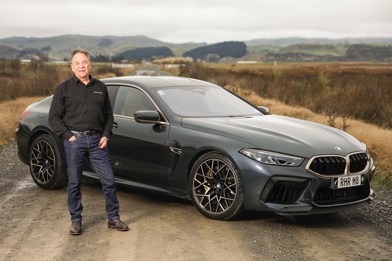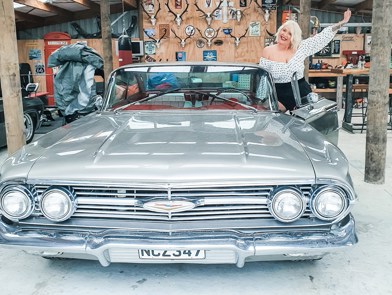There aren’t many primary schools in Auckland that haven’t whisked their students to Devonport’s North Head for a field trip.
It’s a central jewel in the city’s crown; showing incredible east coast views against a backdrop of military history from an era seemingly worlds away from the location’s busloads of photo-happy tourists of today.
Next to the city skyline and excellent phone reception, arriving at the west coast’s South Head feels like you have stumbled onto the set of a slow-cooking psychological thriller. The reward for my early morning jaunt was a foggy, deserted, eerie ribbon of gravel. No big proud signs, just a nondescript piece of road that ends with a big “no trespassing” sign.
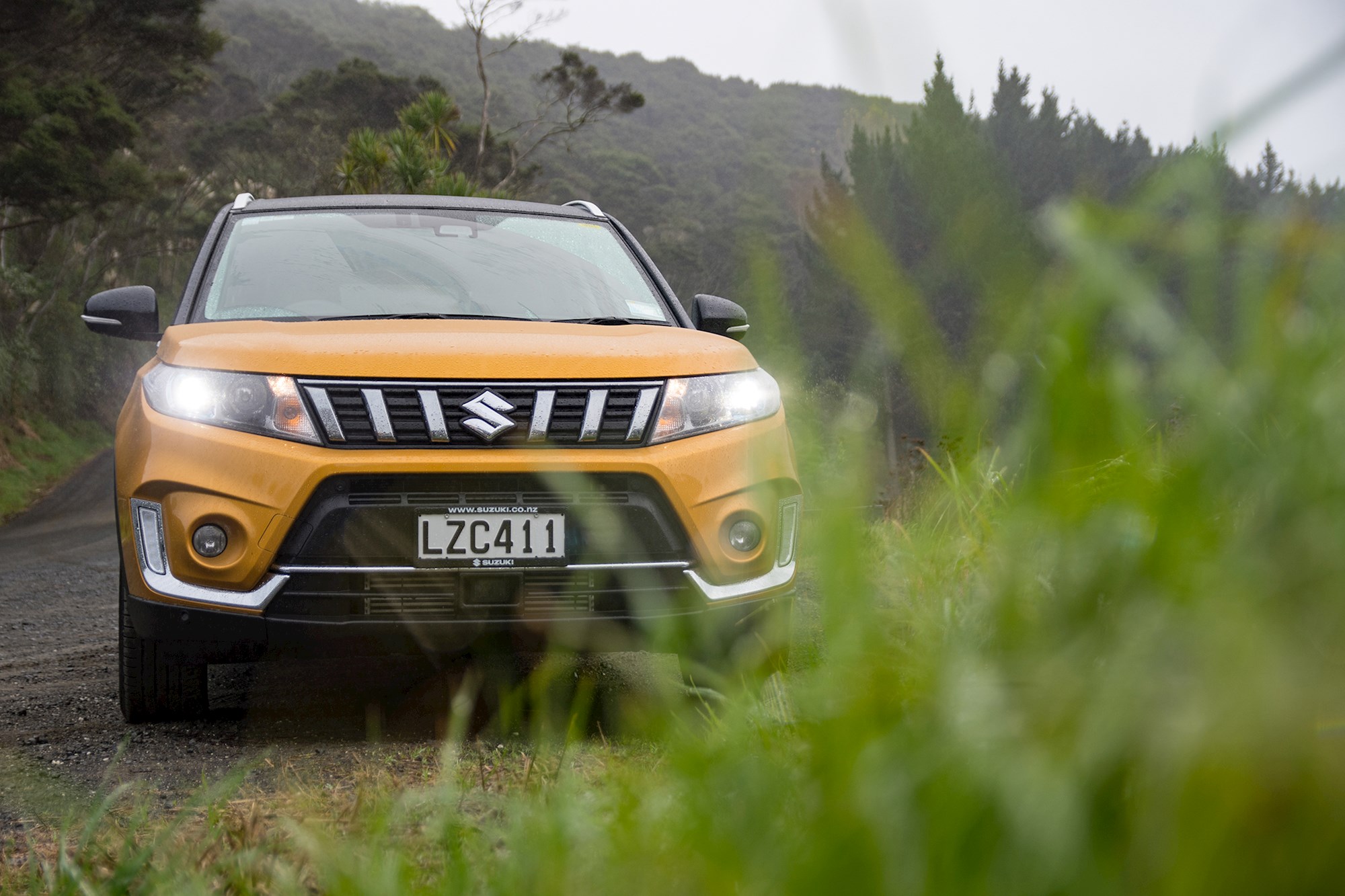
A journey to South Head, and then across to North Head with a detour through the labyrinth of forestry roads around the Kaipara Flats sounded like a hoot. It was also a good way to test the 2019 Suzuki Vitara.
The new Vitara is ... well ... a lot like the old Vitara. Visually, and under the skin, not a huge amount has changed. And that’s not necessarily a bad thing.
Pricing starts at $27,990 for the manual 2WD JLX with the more capable 2WD Turbo model starting at $33,990. Those wanting an AWD can get the JLX for $33,990 and the Turbo for $37,990, respectively.
There’s two engine options; the entry-level 86kW/156Nm naturally aspirated 1.6-litre four-cylinder (don’t get that one) and the turbocharged 1.4-litre four-cylinder engine that makes 103kW/220Nm. Our tester was a high-spec two-tone 2WD Turbo, packing the latter engine and a snazzy black roof and a $34,790 sticker price to match.
Those aforementioned prices are unchanged over the outgoing model. Which is nice, since buyers now get adaptive cruise control, laser-based collision detection, blind spot monitoring, and lane-departure warning as standard.
New additions specific to the Turbo we tested include an extra scattering of chrome on the front fascia, and panels of cross-hatched sort-of-suede upholstery that wouldn’t look out of place in a gentleman’s club.
They’re nice garnishes on an otherwise straight-shooting crossover, but the tinsel doesn’t necessarily speak to the Vitara’s core strengths.
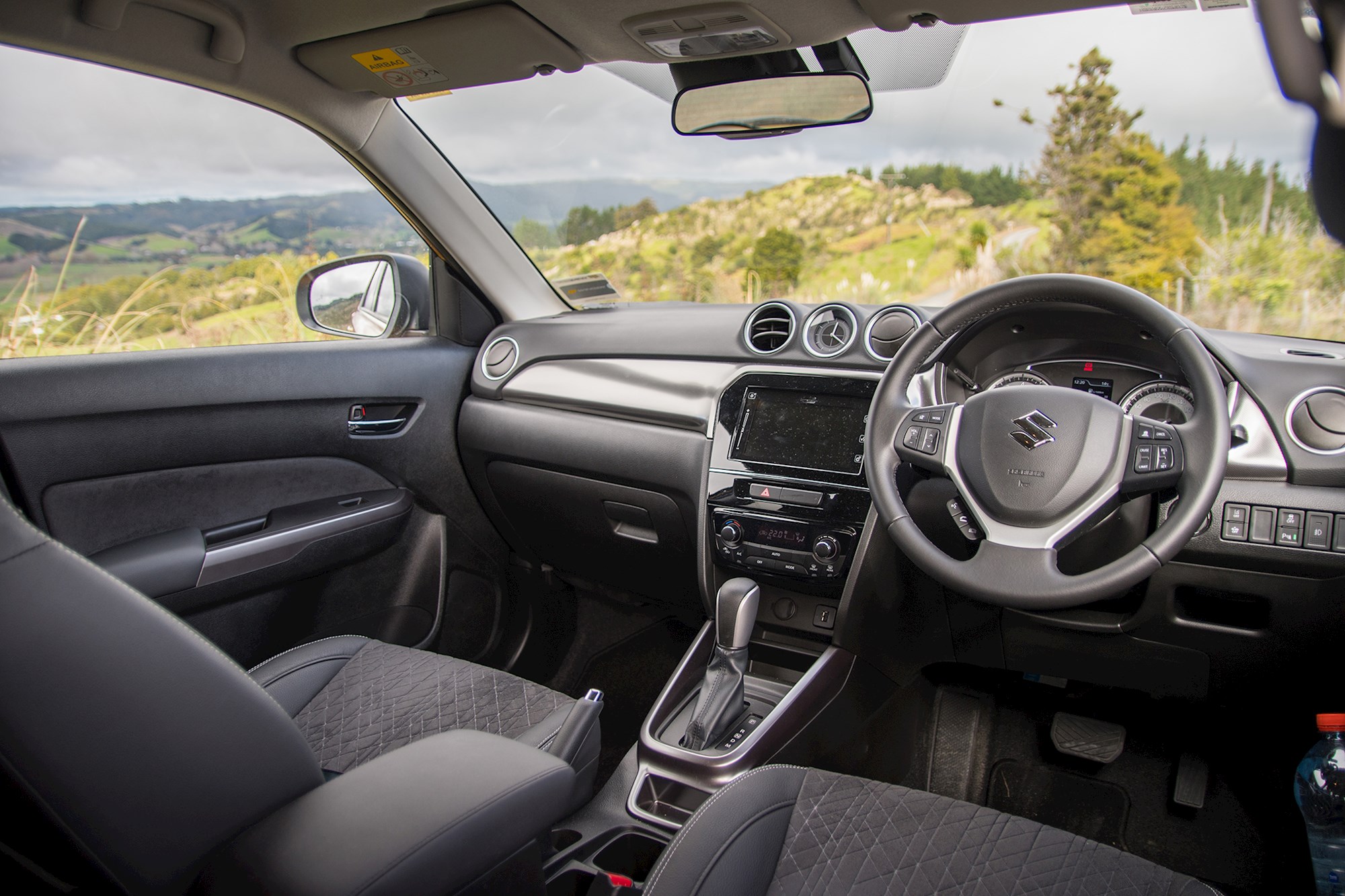
For one, it’s easy to get in and out of. You sit low enough to get a good read of the road, but high enough to retain some SUV feel. Space in front and down back is good, and boot space sits at 375L with the second row of seats up (710L with them down). Fuel economy is exceptional for the segment, with 6.3L/100km indicated during our time with the Vitara.
This is the Vitara’s true character; it represents practical, no-frills, no-stress transport. And, as I found on my 300km coast-to-coast mission, there’s more.
Starting at South Head at 9am, near Woodhill Forest, I made a beeline up SH16 for the hive of unsealed marvels between Kaipara Flats and the Dome Forest (feeding Parakai’s friendly chickens along the way).

Komokoriki Hill Rd was a wonderful start, with its occasionally well-corrugated surface and frequent tight hairpins supplying a healthy workout. Kaipara Hills Rd was perhaps more fun, with a more flowing and friendly set of roads with looser gravel.
New Zealand roads are said to be worshiped by the international rallying elite. And these roads are a stunning example of that, with their cambered, approachable profile.
The views were incredible — though it was Smyth Rd that delivered best. While it’s a stretch that starts with a thick layer of tree cover and yards full of wrecked cars, it opens up to reveal a gorgeous elevated ridge-line view overlooking Warkworth on one side and Hoteo on the other.
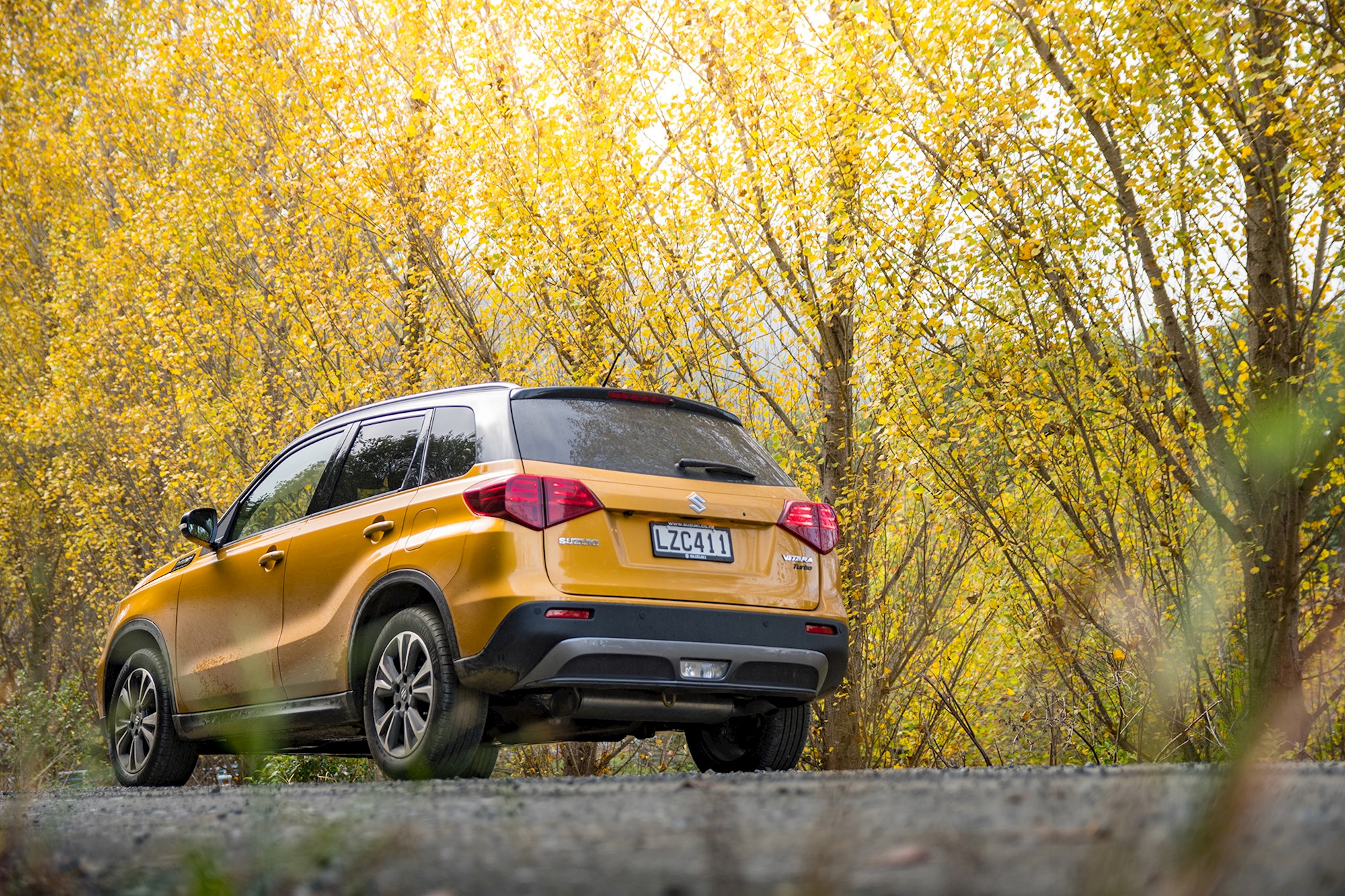
Of course, roads like these are best enjoyed with a capable, fun platform underneath. And, even in its 2WD guise the Vitara proved to be worthy company.
With its raised ride-height and increased suspension travel, it felt composed and comfortable over the at-times challenging surface. There were countless moments where I winced at the thought of how poorly an equivalent hatchback would perform on these roads by comparison.
The Vitara’s secret weapon in this regard isn’t that engine or its suspension. Although; both are good on roads like these. The Boosterjet 1.4 (yep, the same one you’ll find in a Swift Sport) comes on boost nice and early, pulling reasonably hard considering its compact capacity. The suspension, meanwhile, erases a lot of the gravel’s abrasions — although admittedly when you’re on traditional roads it can be a little brittle.

No, the secret weapon is the Vitara’s weight. Our test vehicle tips the scales at a mere 1120kg — making it lighter than most sports cars, let alone other crossovers in its class. And the AWD version is just 65kg heavier.
This makes it incredibly chuckable. Steering can feel a little slow off centre, but that doesn’t matter when so much of the rest of the Vitara is up to the task. It manages a significant amount of communication through its chassis, helping keep things predictable and civil — even when the back begins to step out. A Vitara fitted with Suzuki’s AllGrip all-wheel drive system would be even better, but on these roads the lack of AWD wasn’t exactly missed.
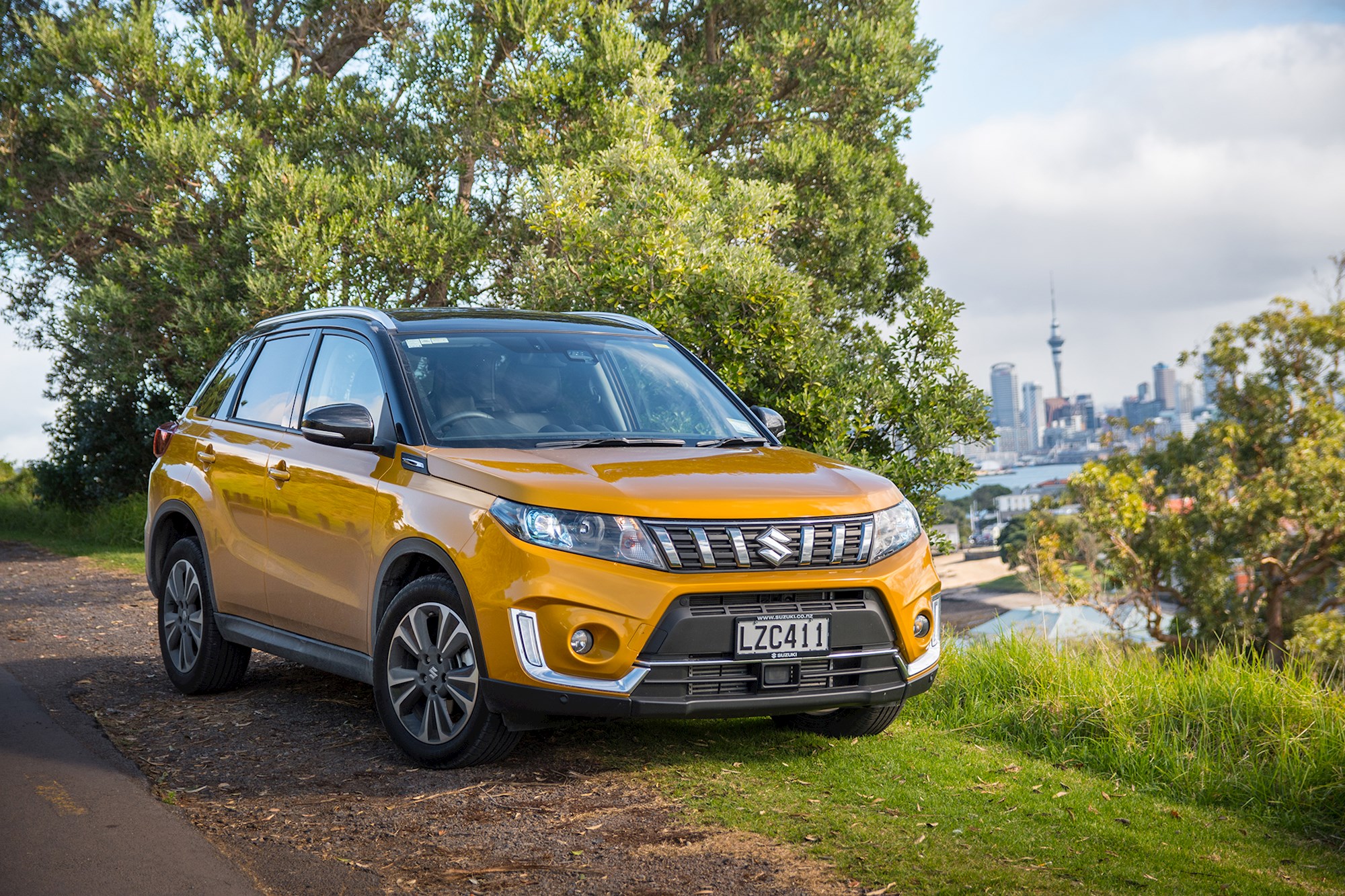
Of course, there are a few drawbacks to the Suzuki’s low weight. For one, it’s not hard to figure why it weighs so little when so much of the cabin is made out of below-par plastics. Suzuki boasts that the Vitara’s interior has improved soft-touch materials, but that’s limited to the dashboard and little else.
Not that it bothered me too much when we got to the North Head lookout — mud and dirt splashed up the Vitara’s golden sides like a badge of honour.
2019 Suzuki Vitara Turbo 2WD
Price: $34,790
Pros: Tight handling, punchy engine, easy to live with
Cons: Cheap plastics, outdated infotainment, not a looker














